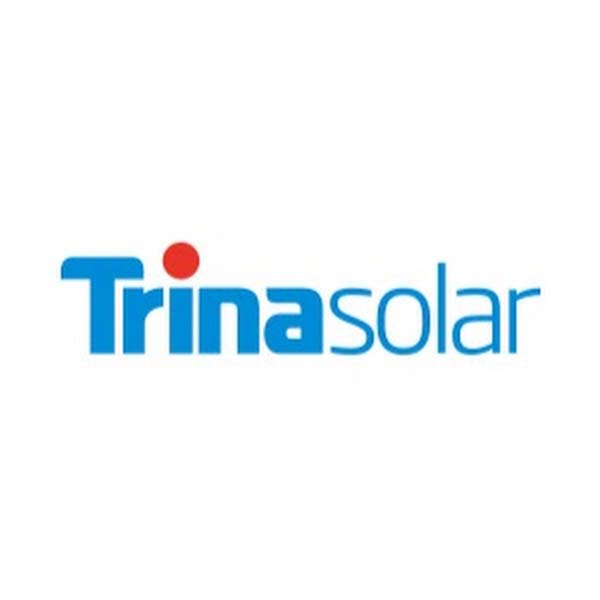China is redefining the word modernization, and as it does so the new-energy industry will play an important role, says Helena Li, president of global solar product business at Trina Solar.
As the world as a whole is striving to build a net-zero future, it is imperative that everyone work together, she says.
Li made the remarks in a speech at the BloombergNEF Shanghai Summit held from November 29 to 30.
“The world is undergoing tremendous changes, and new energy is an important part of the energy mix,” Li said. “I’d like to share my views with you by using four words as a reference point.
“The first is consensus. The Intergovernmental Panel on Climate Change of the United Nations says that up to 3.6 billion people worldwide live in environments highly vulnerable to climate change. From the Kyoto Protocol signed in 1997 to the Paris Agreement signed in 2016, to China’s achieving peak CO2 emissions before 2030 and carbon neutrality before 2060, proposed two years ago, the world has come to agree that addressing climate change and achieving carbon neutrality are a common cause for all humanity”.
“The second key word is responsibility. In a way Trina Solar owes its very existence to the Kyoto Protocol. For it was this document that inspired the company’s founder, giving us one of China’s – and indeed one of the world’s – first PV companies. Since Trina Solar was founded 25 years ago it has been firmly committed to its mission of “Solar Energy For All”. For evidence of that we need look no further than the more than 120 GW of modules it has shipped to more than 100 countries and regions, generating about 162 TWh of electricity from clean energy each year and providing continuous green power for local areas. From low-carbon products to renewable energy applied in production and operation to the full implementation of an ESG strategy, Trina Solar shoulders its social responsibility as a modern leading company by deeply respecting the ethos of sustainable development.
“Third, technology. We believe achieving carbon neutrality consists of four critical elements. The first is to intensify efforts to develop PV power generation, the second is to speed up the development of energy storage technology, the third is to digitize energy, and the fourth is to develop ultra-high voltage network. The International Renewable Energy Agency forecasts that installed PV capacity will reach about 14,000 GW by 2050. As a world-leading PV company, Trina Solar is resolute in its mission to promote the industry’s entry into the 600W+ era and the all-round application of PV modules meeting the LCOE-oriented principle, that is solar modules featuring high power, high efficiency, high reliability and high energy yield, helping to reduce LCOE. The new-generation PV products based on the 210mm technology platform and n-type i-TOPCon cell technology that we recently released in a seminar hosted by BloombergNEF in London, have further reduced LCOE for PV power stations and promoted the continuous growth of renewable energy.
“And fourth, vision. We believe the new-energy and PV industries have incredibly good prospects. Although local carbon neutrality is a way off, we participants of this industry play a critical role in making it happen. Trina Solar is immensely proud of the role it has played over the past 25 years in offering smart solar energy solutions to the world. We are excited about the next 25 years, including the prospect of building a user-oriented PV ecosystem. At the same time, we are sober-minded as we face the responsibility with others in the industry of creating a net-zero future for all.”






